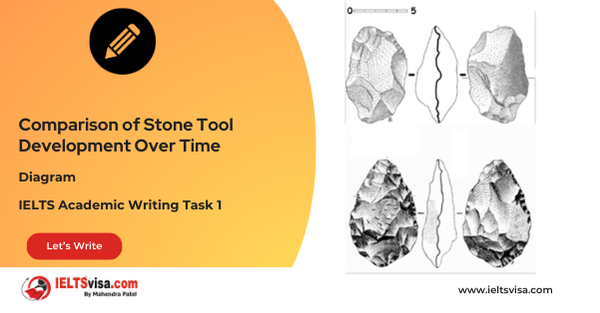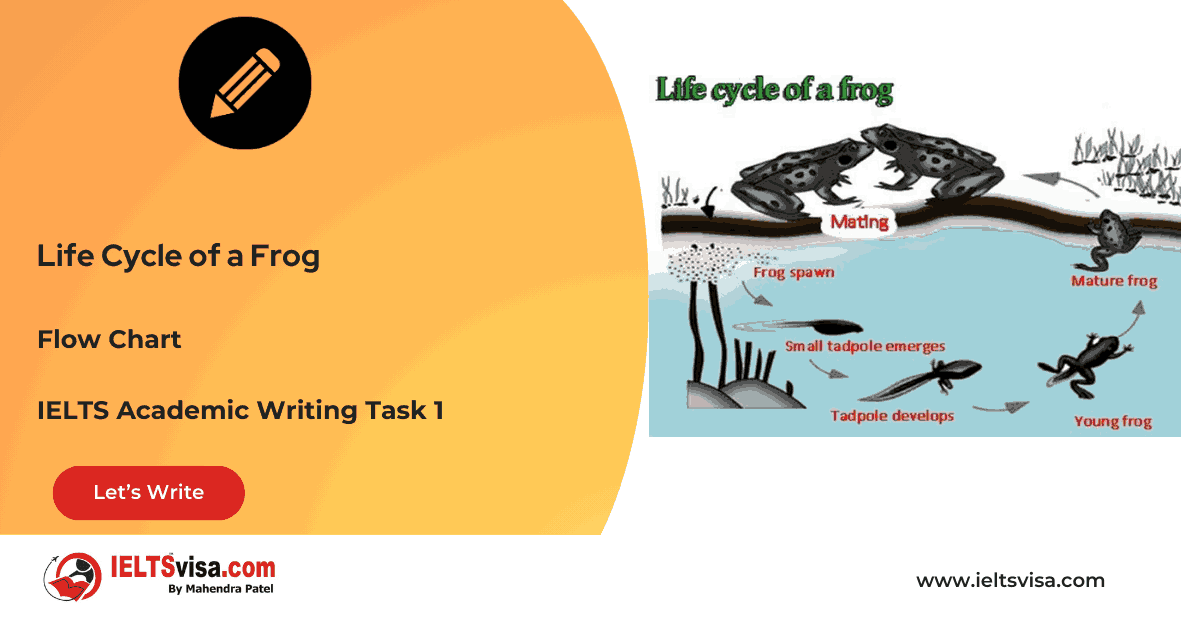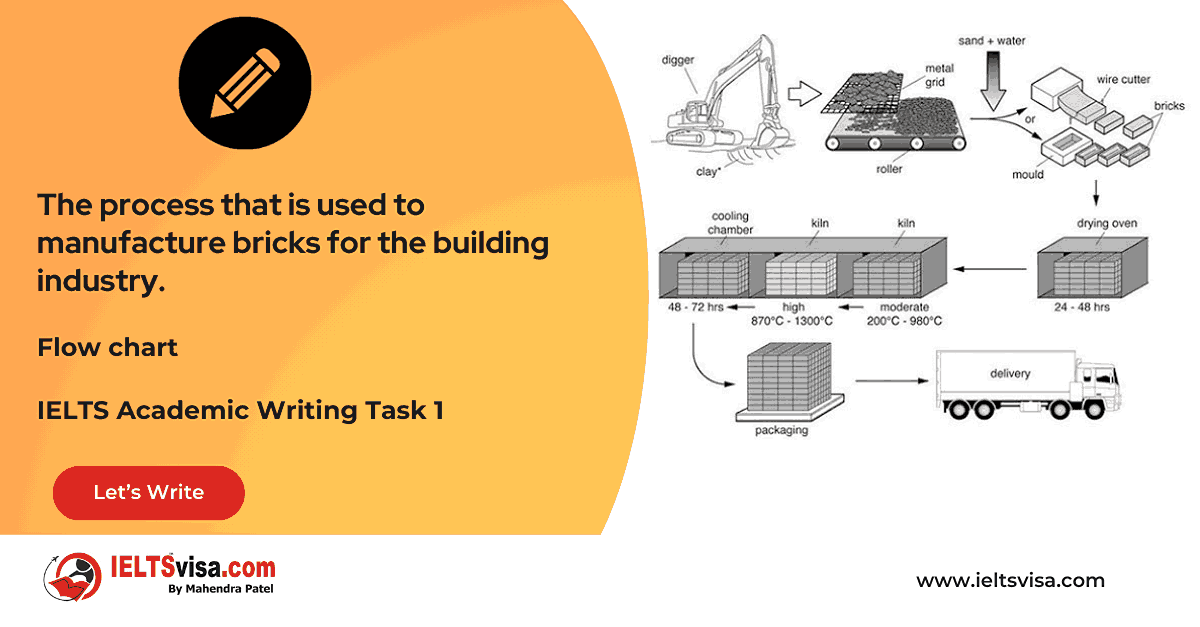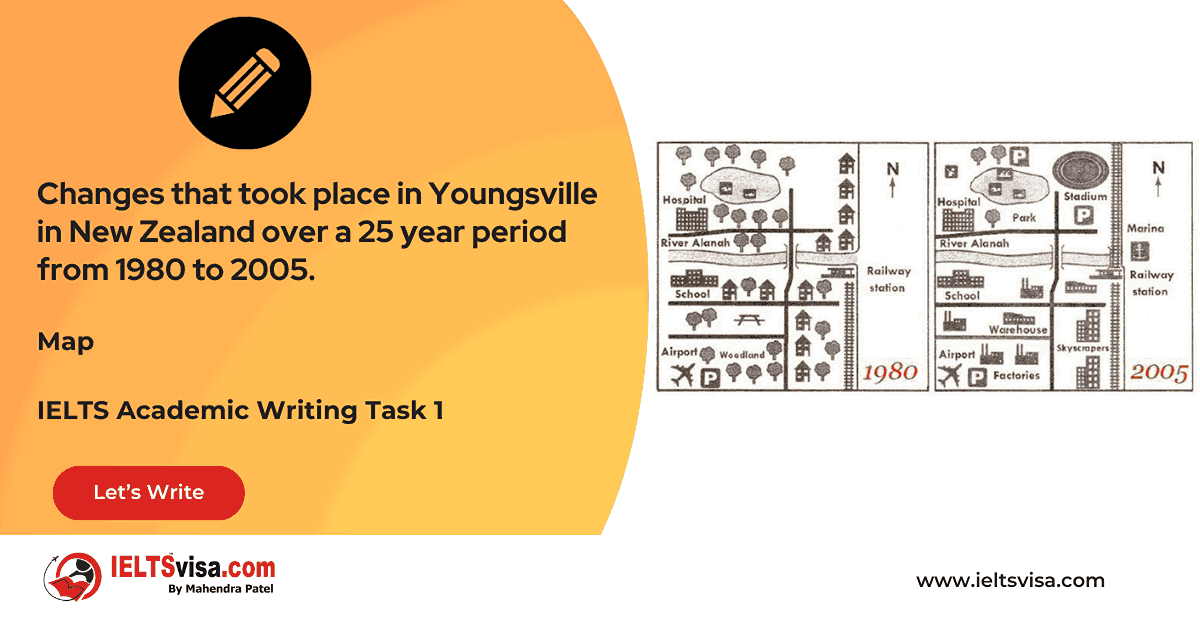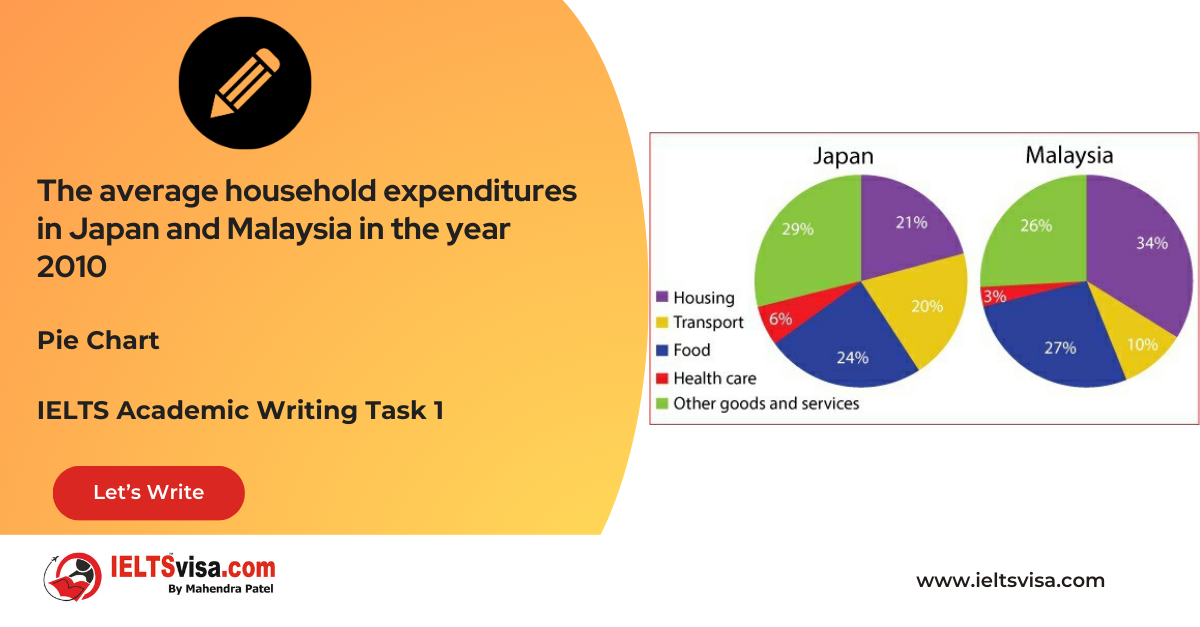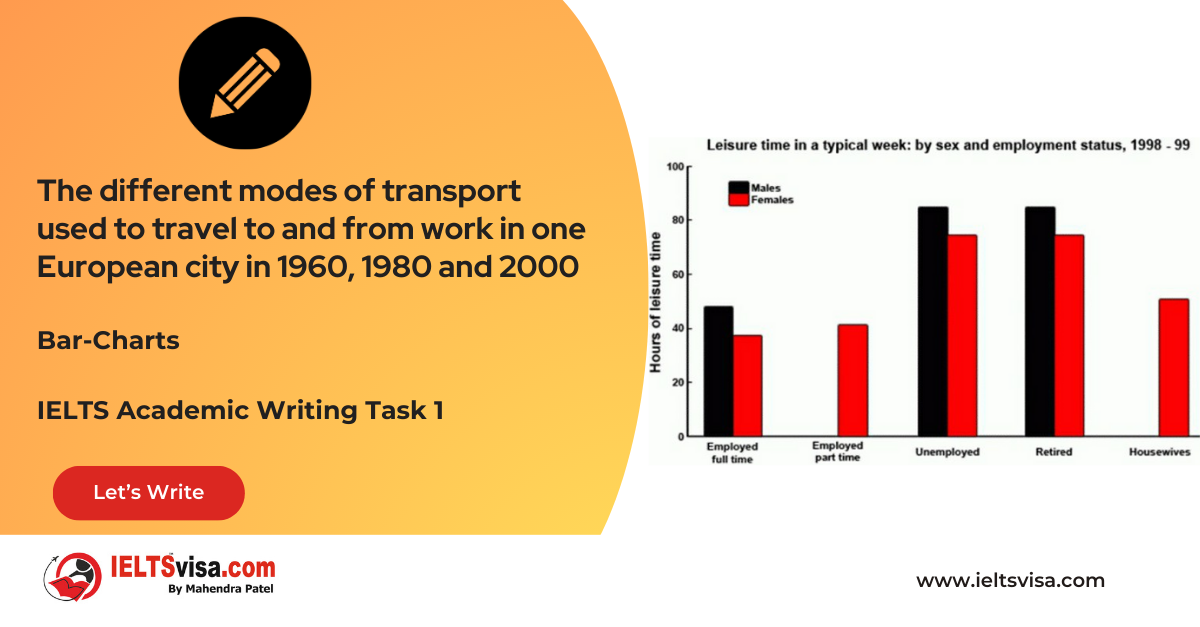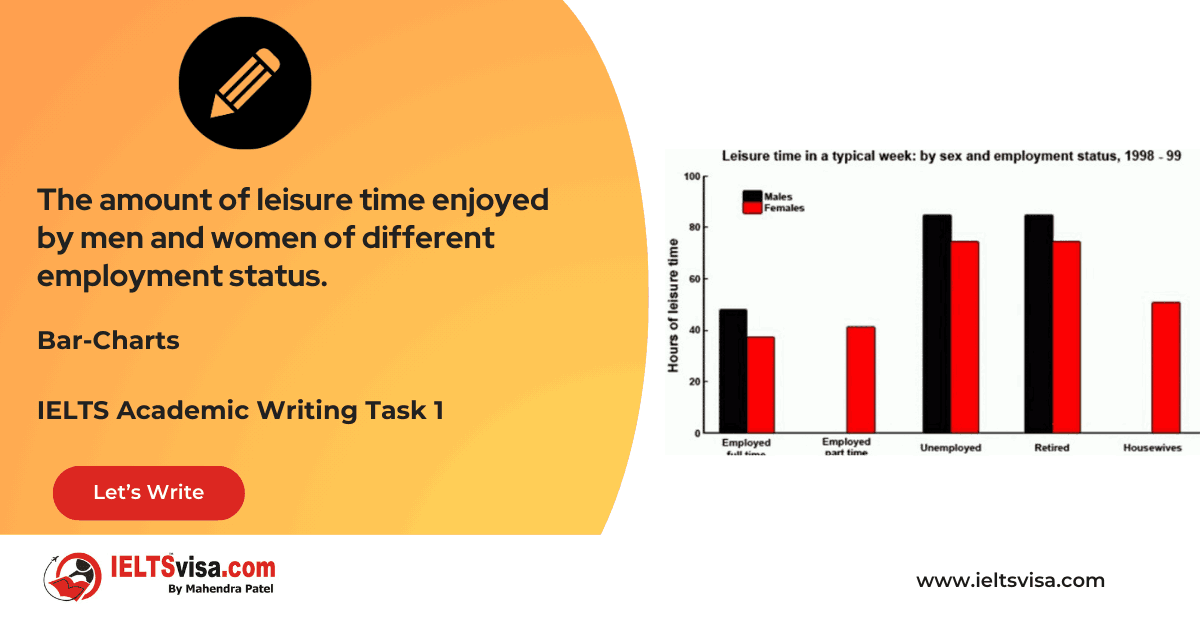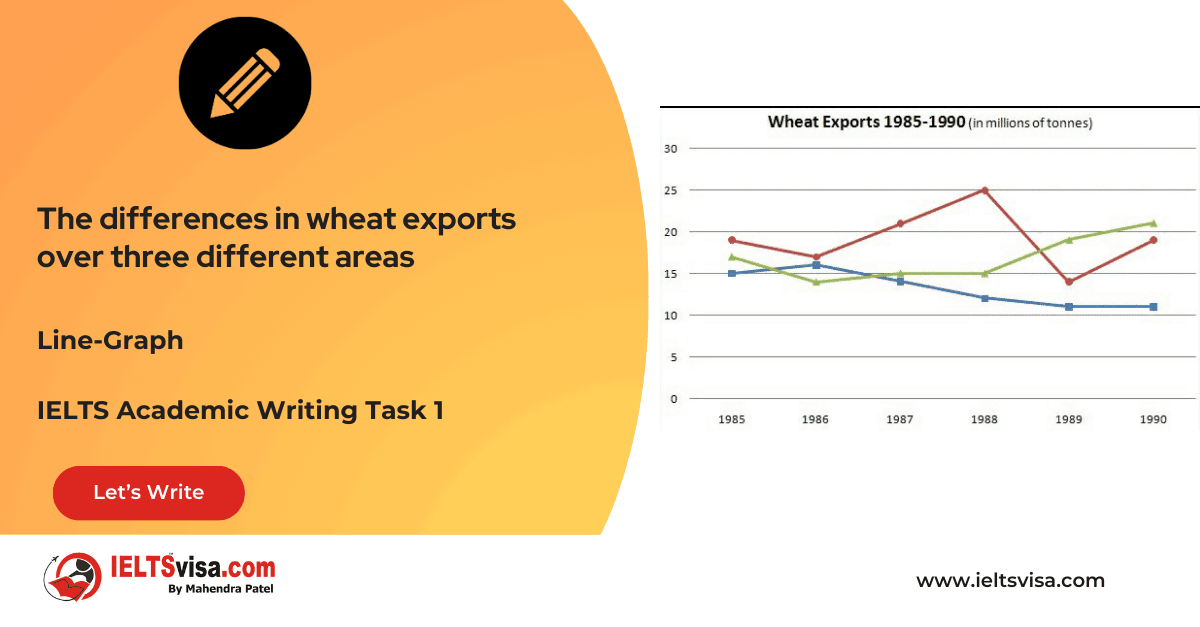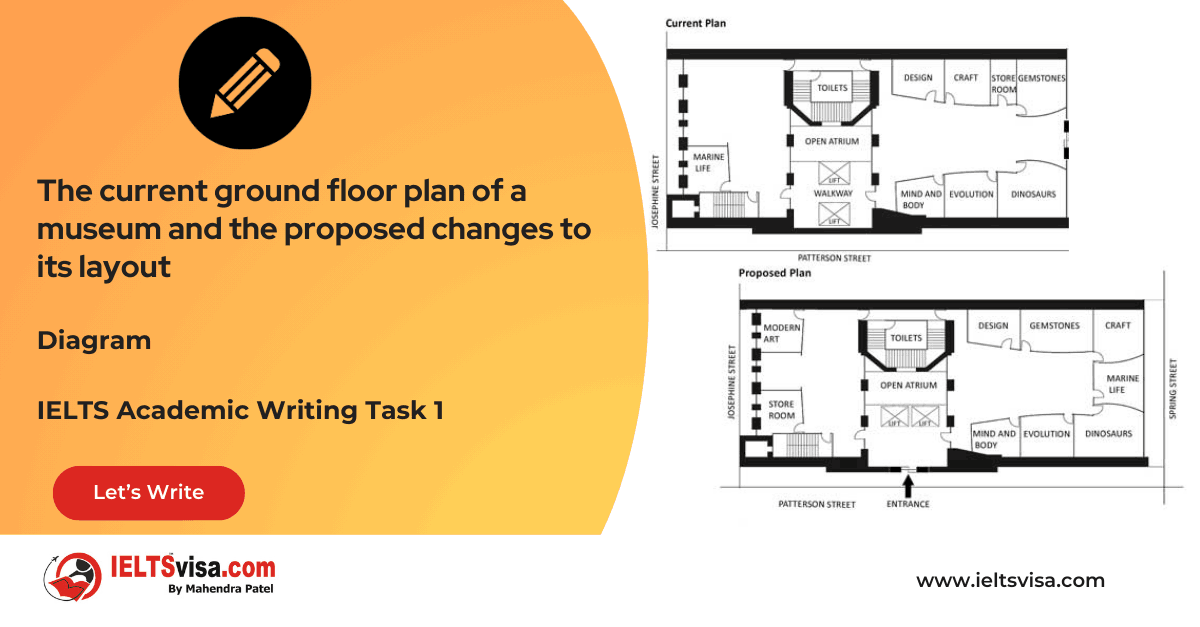Using Language to Describe Changes that Occur During the Process
ProcessesIELTS Academic Writing Task 1

In the IELTS Academic Writing Task 1, candidates often encounter diagrams or flowcharts representing processes.
Describing the changes that occur during the process is an important aspect of the task. It requires the effective use of language to convey the transformation or variations that occur at each stage.
This article will explore how to describe changes using appropriate vocabulary and examples in the context of IELTS Academic Writing Task 1 – Processes.
1. Vocabulary for Describing Changes:
To accurately describe changes, having a wide range of vocabulary at your disposal is crucial. Here are some useful words and phrases to describe changes that occur during a process:
• Increase
• Decrease
• Rise
• Fall
• Surge
• Plummet
• Grow
• Shrink
• Expand
• Contract
• Peak
• Bottom out
• Stabilize
• Fluctuate
• Reach a peak
• Experience a decline
2. Examples of Describing Changes:
Example: The Population Growth Process Stage 1:
The population starts at 1 million and steadily increases over the next decade, reaching 1.5 million by year 10.
In this example, the word “increases” describes the change in population size from 1 million to 1.5 million.
Example: The Manufacturing Process Stage 1:
The production rate initially rises from 100 units per hour to 200 units per hour in the first month, showing a significant increase.
Here, the phrases “rises from” and “to” is used to indicate the change in production rate from 100 units per hour to 200 units per hour.
Sample Answer:
The given diagram illustrates the process of tree growth.
The process consists of four main stages, each accompanied by specific changes that occur.
In the first stage, a seedling is planted in fertile soil. Over the next few weeks, the seedling begins to grow, with its height steadily increasing. By the end of the first month, it reaches a height of 10 centimetres.
Moving on to the second stage, the growth of the tree accelerates. In the following six months, the tree experiences a rapid increase in height, surging to 2 meters. Additionally, the branches start to develop and spread out, expanding the overall width of the tree.
In the third stage, the growth rate slows down. Over the course of the next two years, the tree continues to grow, albeit at a slower pace. The height increment becomes more gradual, stabilizing at around 4 meters. However, the branches continue to expand, reaching a width of approximately 3 meters.
Finally, in the fourth stage, the tree enters a phase of maturity. The height growth bottoms out, but the branches grow thickly. The tree stabilizes at a height of 6 meters and a width of 5 meters, demonstrating a balanced and mature form.
Using appropriate vocabulary to describe the changes that occur, the progression of the tree growth process is effectively conveyed, highlighting the various transformations in height, width, and growth rate.
In conclusion, accurately describing the changes during a process is essential in IELTS Academic Writing Task 1. The use of appropriate vocabulary and phrases helps convey the transformations and variations that take place at each stage.
Practice incorporating these language techniques into your writing to effectively describe changes and enhance your response to the task.








Our Books
Master IELTS Speaking Part 1
IELTS Writing Task 1 Book
IELTS Writing Task 2 Book
Practice IELTS Other Modules
IELTS Listening
The IELTS Listening test assesses how well you can understand spoken English in various contexts. It lasts about 30 minutes and is divided into four sections with a total of 40 questions. The listening tasks become increasingly difficult as the test progresses.
IELTS Academic Reading
The IELTS Academic Reading section assesses your ability to understand and interpret a variety of texts in academic settings. It is designed to evaluate a range of reading skills, including skimming for gist, reading for main ideas, reading for detail, understanding inferences, and recognizing a writer's opinions and arguments.
IELTS Speaking
The IELTS Speaking test assesses your ability to communicate in English on everyday topics. It lasts 11-14 minutes and consists of three parts: introduction, cue card, and a discussion based on the cue card topic.
IELTS General Reading
IELTS General Reading tests your ability to understand and interpret various types of texts. Here are some key areas and types of content you can expect to encounter in the reading section, along with tips for effective preparation.
IELTS Academic Writing Task 1
In IELTS Academic Writing Task 1, you are presented with a visual representation of information, such as graphs, charts, tables, or diagrams, and you are required to summarize, compare, or explain the data in your own words.
IELTS General Writing Task 1
In IELTS General Writing Task 1, you are required to write a letter based on a given situation. The letter can be formal, semi-formal, or informal, depending on the prompt. Here’s a breakdown of the key components to include in your letter
IELTS Academic Writing Task 2
In IELTS Academic Writing Task 2, you are required to write an essay in response to a question or topic. Here’s a guide to help you understand the essential elements of this task
IELTS Exam Tips
To succeed in the IELTS exam, practice regularly, familiarize yourself with the test format, improve your vocabulary, develop time management skills, and take mock tests to build confidence.
Grammer for IELTS
Grammar is the foundation of effective communication in English. Understanding tense usage, subject-verb agreement, and sentence structure enhances clarity and coherence in writing and speaking.
Vocabulary for IELTS
Vocabulary plays a crucial role in the IELTS (International English Language Testing System) exam, especially in the Speaking and Writing sections. Here’s an overview of why vocabulary is important and how it impacts your performance
RECENT IELTS SAMPLES QUESTIONS AND ANSWERS
Task 1 – Diagram – Comparison of Stone Tool Development Over Time
20:00 Start Pause Stop [df_adh_heading title_infix="IELTS Writing Task 1 Question" use_divider="on"...
Task 1 – Flow chart -Life Cycle of a Frog
20:00 Start Pause Stop [df_adh_heading title_infix="IELTS Writing Task 1 Question" use_divider="on"...
Task 1 – Flow chart -The process that is used to manufacture bricks for the building industry.
20:00 Start Pause Stop [df_adh_heading title_infix="IELTS Writing Task 1 Question" use_divider="on"...
Task 1 – Map – Changes that took place in Youngsville in New Zealand over a 25 year period from 1980 to 2005.
20:00 Start Pause Stop [df_adh_heading title_infix="IELTS Writing Task 1 Question" use_divider="on"...
Task 1 – Pie Chart – The average household expenditures in Japan and Malaysia in the year 2010
20:00 Start Pause Stop [df_adh_heading title_infix="IELTS Writing Task 1 Question" use_divider="on"...
Task 1 – Bar Graph – The different modes of transport used to travel to and from work in one European city in 1960, 1980 and 2000
20:00 Start Pause Stop [df_adh_heading title_infix="IELTS Writing Task 1 Question" use_divider="on"...
Task 1 – Bar Graph – The amount of leisure time enjoyed by men and women of different employment status
20:00 Start Pause Stop [df_adh_heading title_infix="IELTS Writing Task 1 Question" use_divider="on"...
Task 1 – Line Graph – The differences in wheat exports over three different areas
20:00 Start Pause Stop [df_adh_heading title_infix="IELTS Writing Task 1 Question" use_divider="on"...
Task 1 – Diagram – The current ground floor plan of a museum and the proposed changes to its layout
20:00 Start Pause Stop [df_adh_heading title_infix="IELTS Writing Task 1 Question" use_divider="on"...

